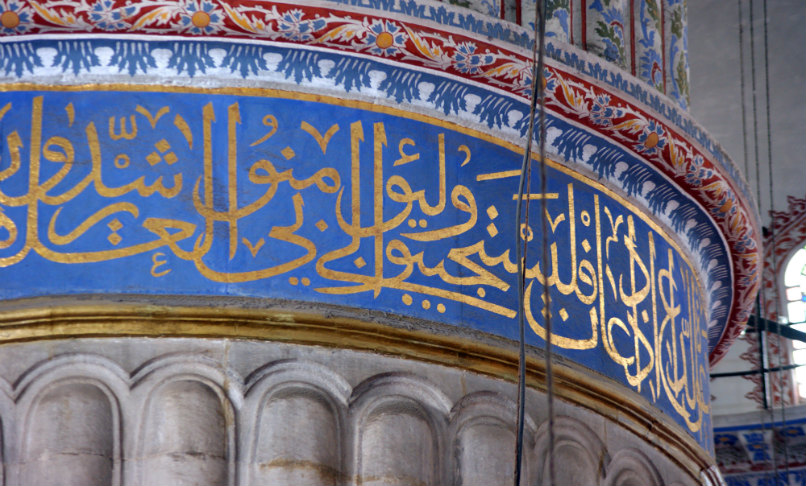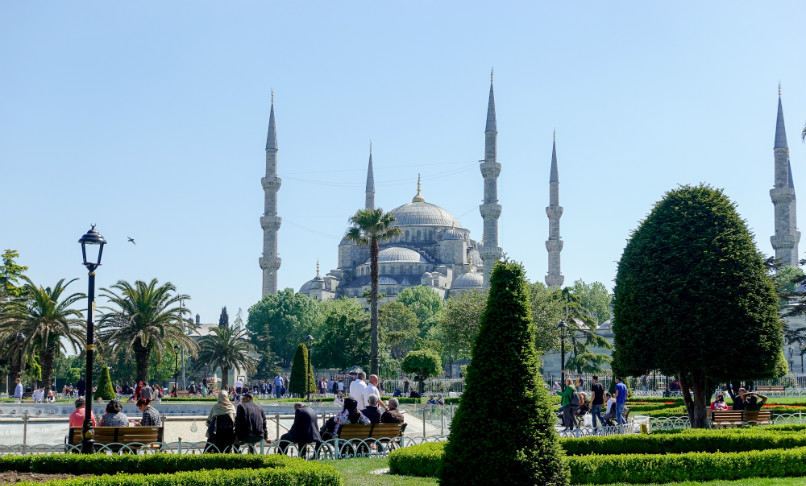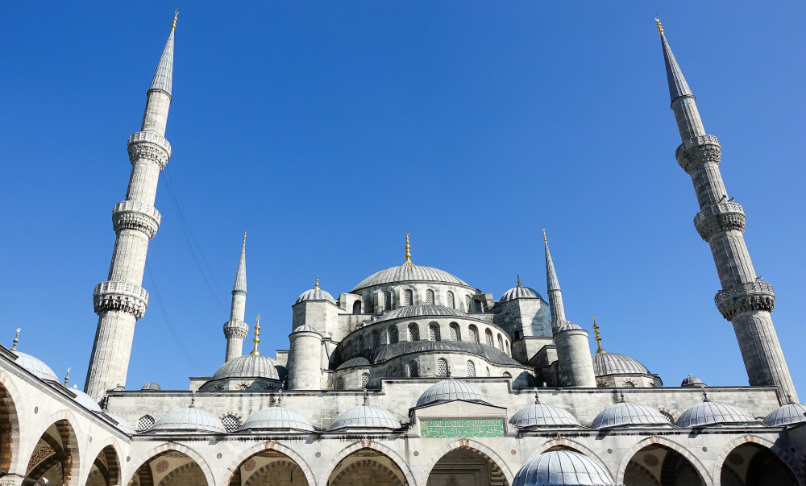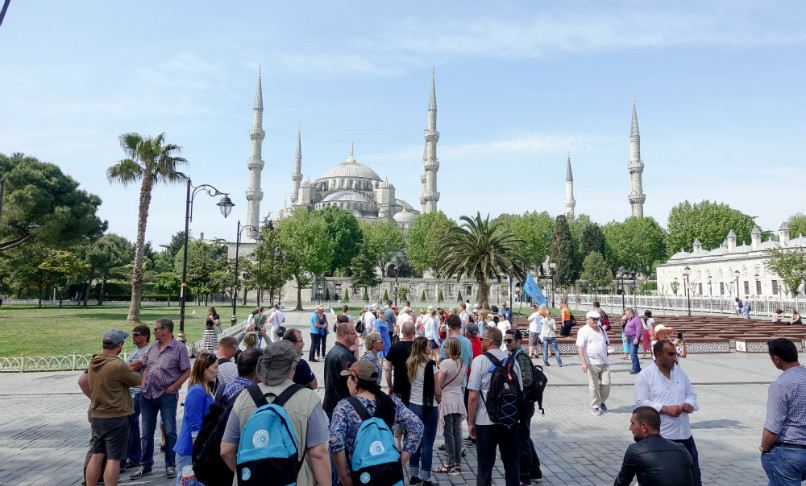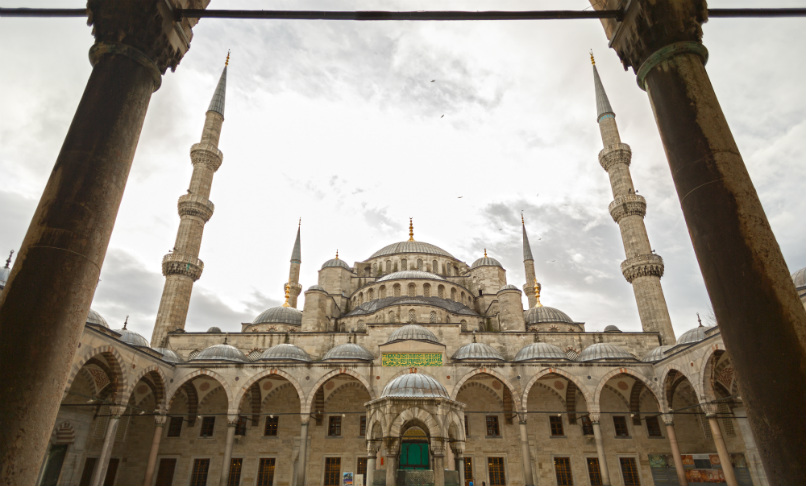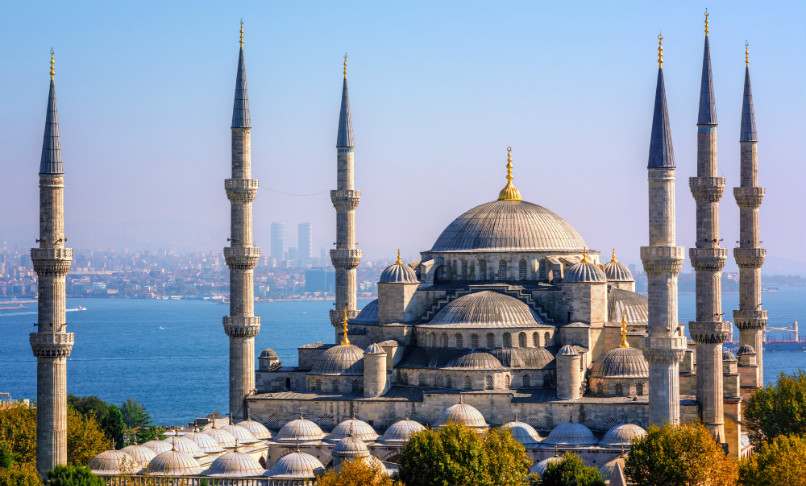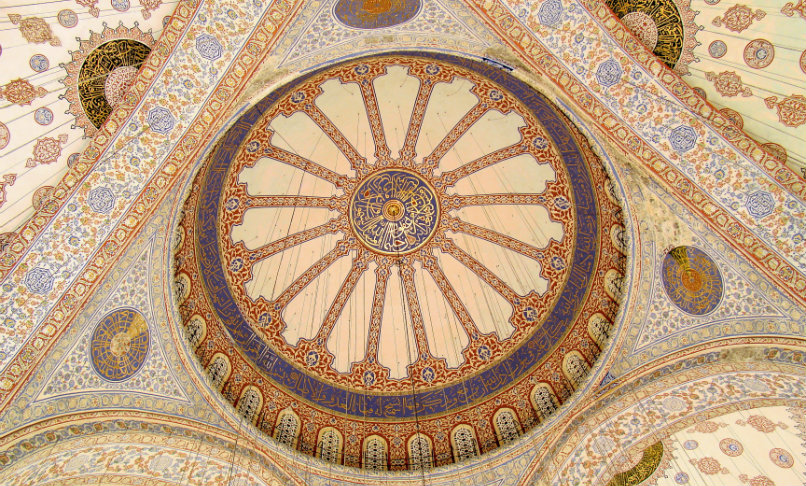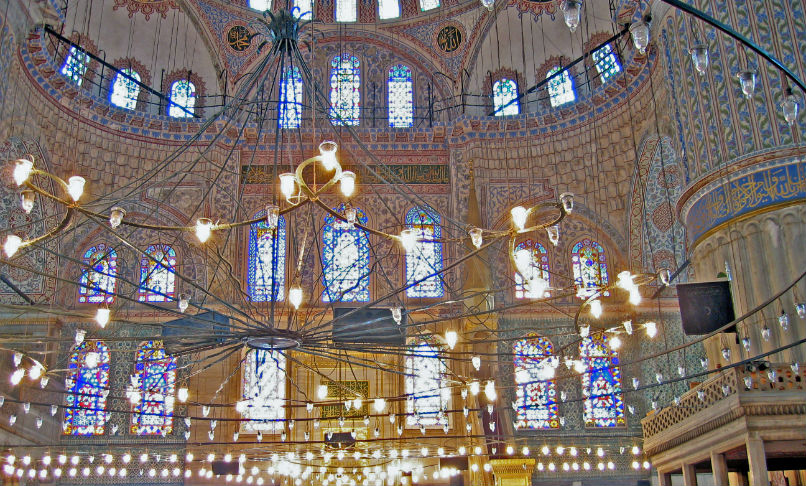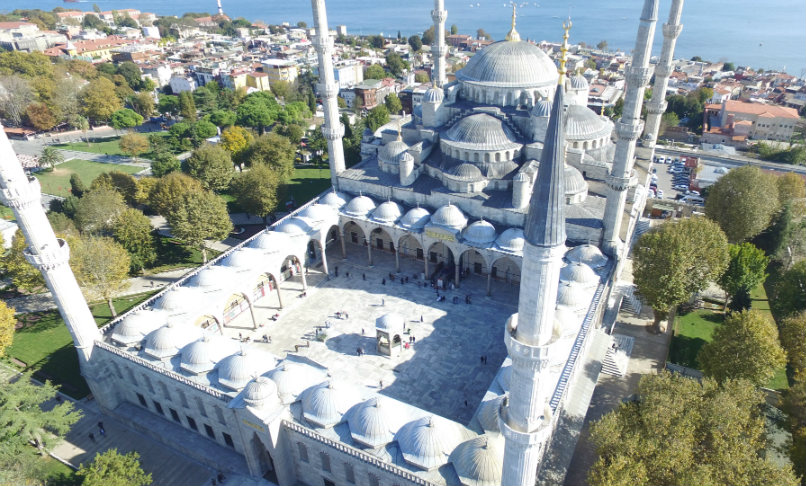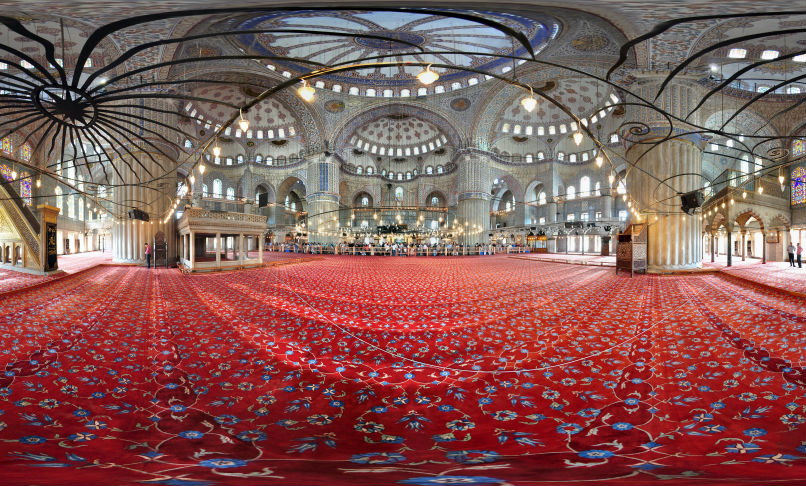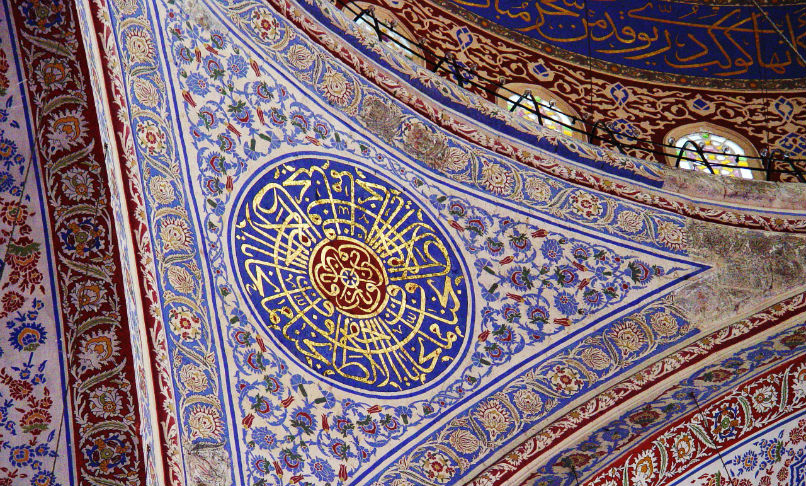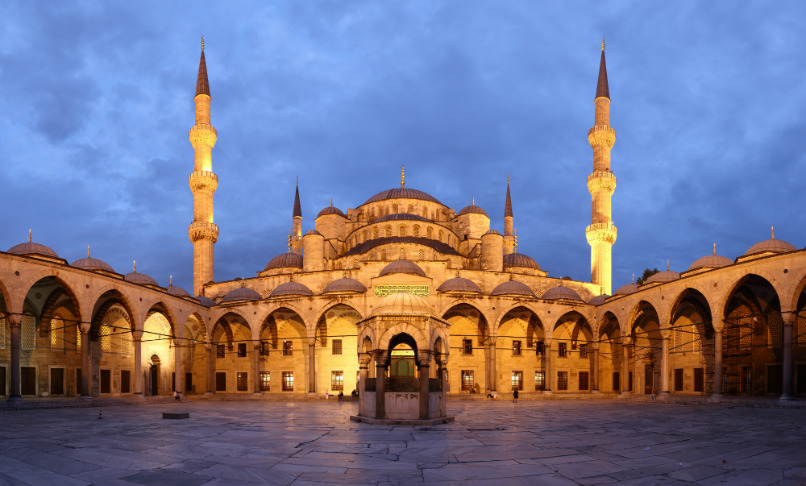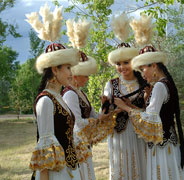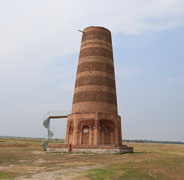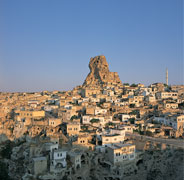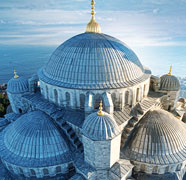Sultanahmet Mosque
The Sultanahmet (or Blue) Mosque was built between 1609-1617 by the architect Sedefkar Mehmet Aga on the orders of Sultan Ahmed I, who ascended the throne at the age of just 14 as the 14th Sultan of the Ottomans. He was only 19 years old when he commissioned the mosque and proved his dedication by working on the project as a labourer. He reigned over the Ottoman Empire, which covered three continents, for 14 years and died when he was only 28 years old.
Western visitors gave the name Blue Mosque to the Sultanahmet Mosque (although Turkish people never use this term) because of the famous blue and turquoise tiles from Iznik (Nicaea) which adorn the interior walls. There are more than 21,000 hand-painted tiles altogether, mostly in blue but with other colours such as green, white, orange and yellow.

